As a travel blogger who frequently moves around Hong Kong, I discover new surprises every time I ride the MTR. Honestly, Hong Kong's subway system is truly world-class, with countless impressive details. Today, I want to share various amazing designs and hidden features I've discovered in the Hong Kong MTR over the years. Trust me, even many Hong Kong locals might not know these secrets!
Taking the subway might seem simple - just buy a ticket, enter the station, ride the train, and exit, right? But when you actually experience it, you'll find that every detail of the MTR is carefully designed with passengers in mind. When I first started traveling frequently to Hong Kong, I found the MTR particularly interesting, not just for its punctuality and cleanliness, but for its eye-catching design elements everywhere.
Speaking of transfers, it's truly an art form. Admiralty Station is a perfect example. It's arguably Hong Kong's most complex transfer station, but once you master the tricks, changing lines becomes as easy as walking around your living room.
Let me explain in detail how to most efficiently transfer from the Island Line to the Tsuen Wan Line at Admiralty: First, when boarding the Island Line, be prepared by getting on the third car, preferably towards the back. Why? Because from this position, after alighting, you're just a few steps away from the escalator leading to the Tsuen Wan Line. This is experience I've gained through repeated testing! Try it yourself - you'll save at least 3-5 minutes of walking time.
Admiralty isn't the only station with such tricks. For instance, at Mong Kok Station, if you want to transfer to the Kwun Tong Line, it's best to exit from the front car of the Tsuen Wan Line, which puts you right by the escalator to the Kwun Tong Line. At Central Station, if you're coming from Hong Kong Station, it's recommended to choose a car near Exit D for convenient access to the Airport Express.
Interestingly, I've noticed many regular passengers look for specific markers on the platform, such as numbers on pillars or arrows on the ground - these are "secret weapons" for passenger positioning. These tricks are especially valuable during rush hours, helping you avoid unnecessary walking.
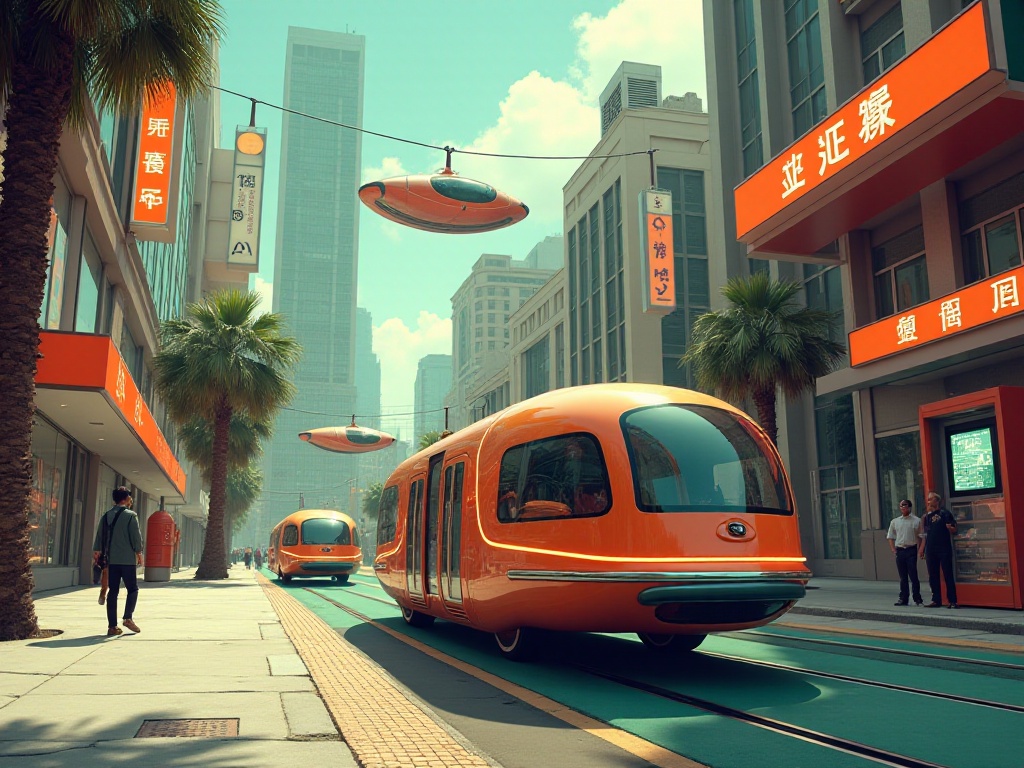
When it comes to saving money, I get really excited! There are quite a few tricks for saving money on MTR rides that many people don't know about. Let me tell you, there's a lot to learn just about buying tickets.
Take the journey from Tai Koo to Mong Kok, for example. If you buy a direct single journey ticket, it costs HK$20. But if you think smart and buy a ticket from Tai Koo to North Point first, then another ticket from North Point to Mong Kok, the total comes to just HK$18. It takes a bit more time, but the savings can buy you a milk tea!
There are even more ways to save! For instance, if you frequently travel between certain stations, consider getting an MTR City Saver pass, which offers discounts on every trip. Some office workers I know save several hundred Hong Kong dollars monthly this way.
For tourists, I strongly recommend getting an Octopus card. Not only does it offer better fares than single journey tickets, but you can also use it at convenience stores and restaurants. Plus, many shopping malls now have Octopus reward programs where you can earn points for riding the MTR and redeem them for gifts - that's a win!
Each MTR station has its own unique features, which I find absolutely fascinating. Take Central Station, for instance - the "Heart of the Ocean" art installation is like a mini art gallery. I always stop to admire it, watching how sunlight refracts through the glass, creating a therapeutic effect.
Tiu Keng Leng Station's design is even more remarkable! Standing on the platform, you can see Victoria Harbour through the full-glass curtain wall. I often deliberately wait for the next train just to admire this view a bit longer. It's especially stunning at dusk when the sun is setting!
Speaking of artistic elements, MTR stations are full of them. The "City Pulse" mural at Admiralty Station, the ocean-themed installation at Tseung Kwan O Station, and the neon light design at Kwun Tong Station each have their unique character. These art installations not only beautify the station environment but also tell stories about Hong Kong.
Interestingly, many station designs relate to local history and culture. For example, Tsuen Wan Station's wall decorations incorporate traditional textile elements, honoring its history as a textile industry hub. Tai Koo Station's design integrates industrial elements from the former sugar factory, transporting people back to old Hong Kong.
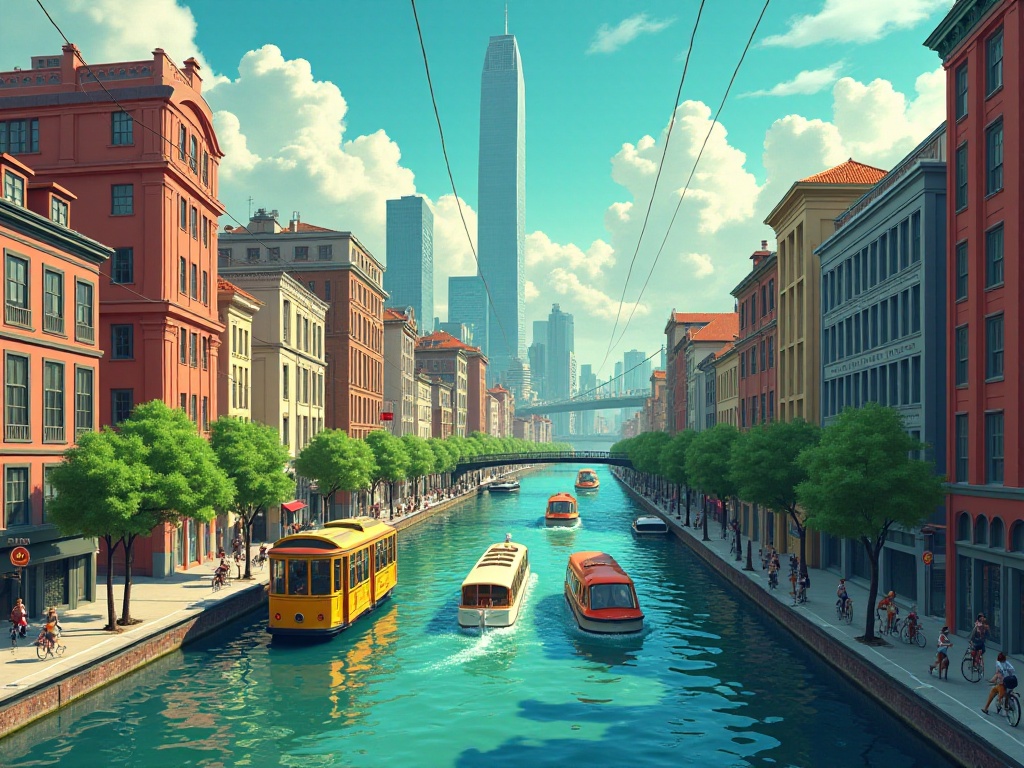
Regarding convenient facilities, the MTR's thoughtfulness is truly touching. Now every station has "MTR In-Motion" displays, accurate to within 30 seconds - that's impressive precision. I particularly love using the MTR APP to check real-time train information. Sometimes when I oversleep in the morning, I can check the APP to see how many minutes until the next train and squeeze in a bit more sleep.
The charging lockers are super practical too! I remember once when my phone was almost dead, I was worried until I found these life-saving charging lockers at Admiralty Station. Now many stations have this facility, which is really convenient.
Storage lockers are also a thoughtful design. Bought too much while shopping? No problem - just use a locker to store your items and continue shopping light-handed. According to recent data, there are over 2,500 lockers throughout Hong Kong with an 85% usage rate, which speaks to their popularity.
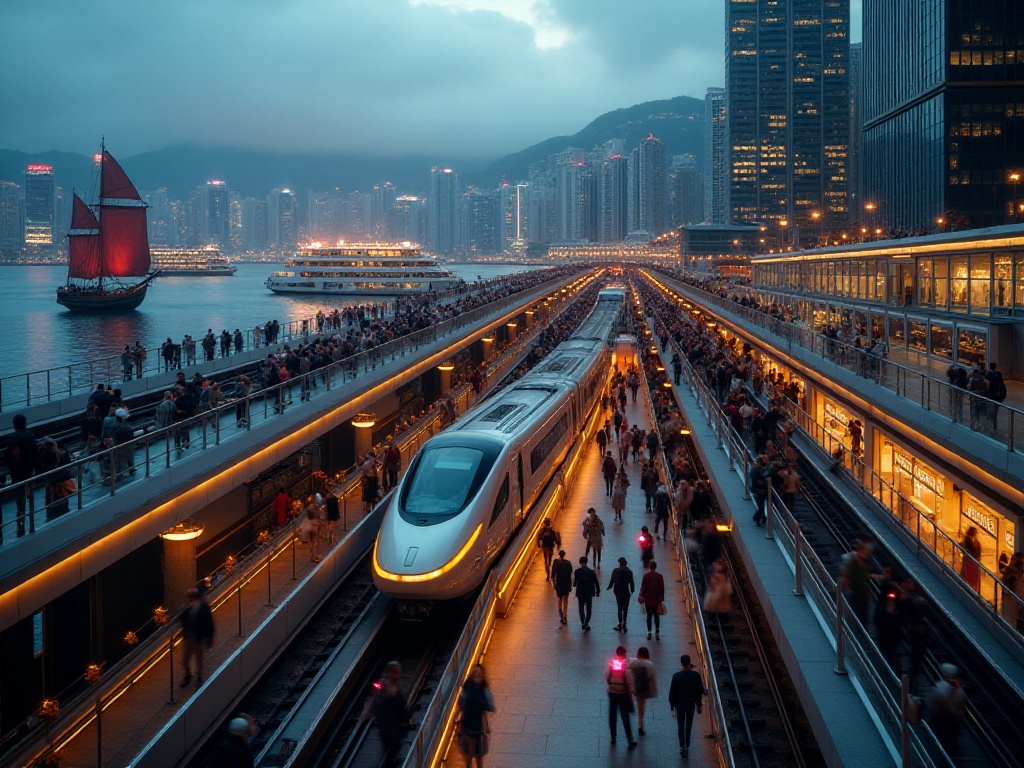
Looking back at the MTR's development history is quite moving. When the first Kwun Tong Line opened in 1979, it was only 8 kilometers long. Now, the MTR network spans 187 kilometers with daily passenger flow exceeding 4.5 million - that's incredible growth!
I especially enjoy chatting with older Hong Kong residents about their early MTR experiences. The old paper tickets that had to be inserted into turnstiles have a nostalgic charm. Also, early MTR trains didn't have air conditioning, relying on open windows for ventilation - something today's youth probably can't imagine.
From a single line to today's extensive network, the MTR has witnessed Hong Kong's transformation from a small fishing port to an international metropolis. Each new line's opening marks the rise of a community and the development of a new area.
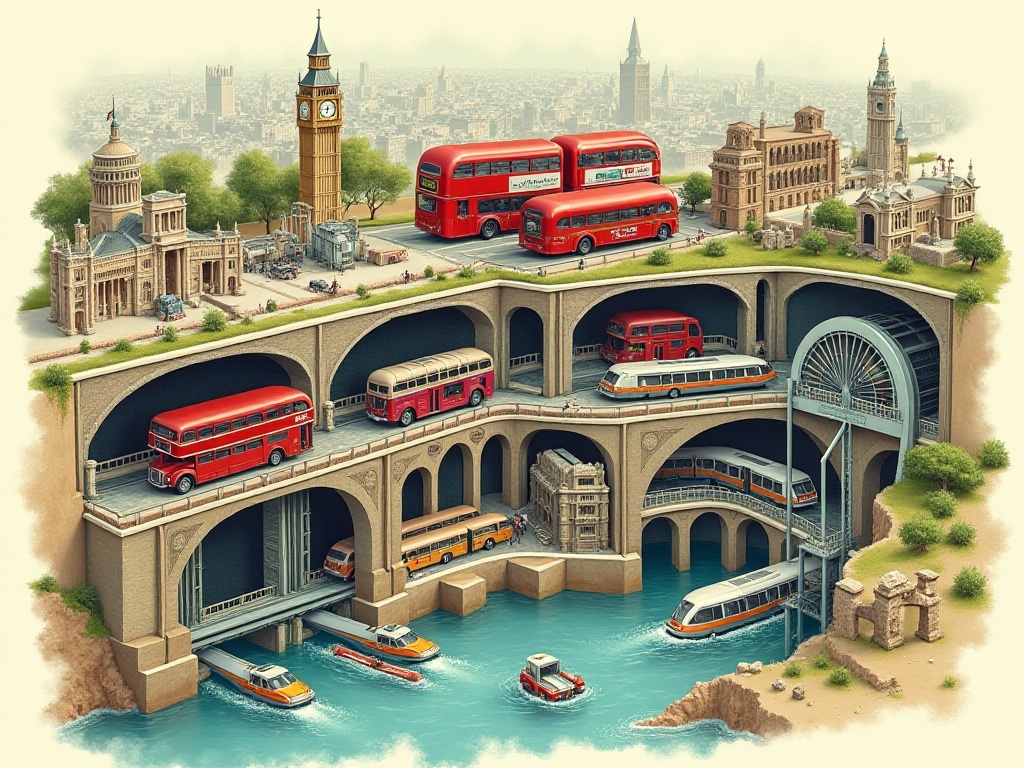
The MTR's development plans are really exciting. According to 2023 planning, the Tuen Mun South Extension and Tung Chung Line Extension will open in the coming years. By 2025, the total network length will exceed 200 kilometers - definitely a significant milestone for Hong Kong.
I'm particularly interested in the Tung Chung Line Extension's development, as it will improve access to Lantau Island, benefiting both residents and tourism. Imagine having another convenient option for visiting the Big Buddha or going to the airport.
New line planning incorporates many innovative concepts, such as driverless technology and intelligent station management systems. Future MTR stations might be more intelligent, using artificial intelligence to regulate station temperature and lighting, and big data to optimize train schedules based on passenger flow analysis.
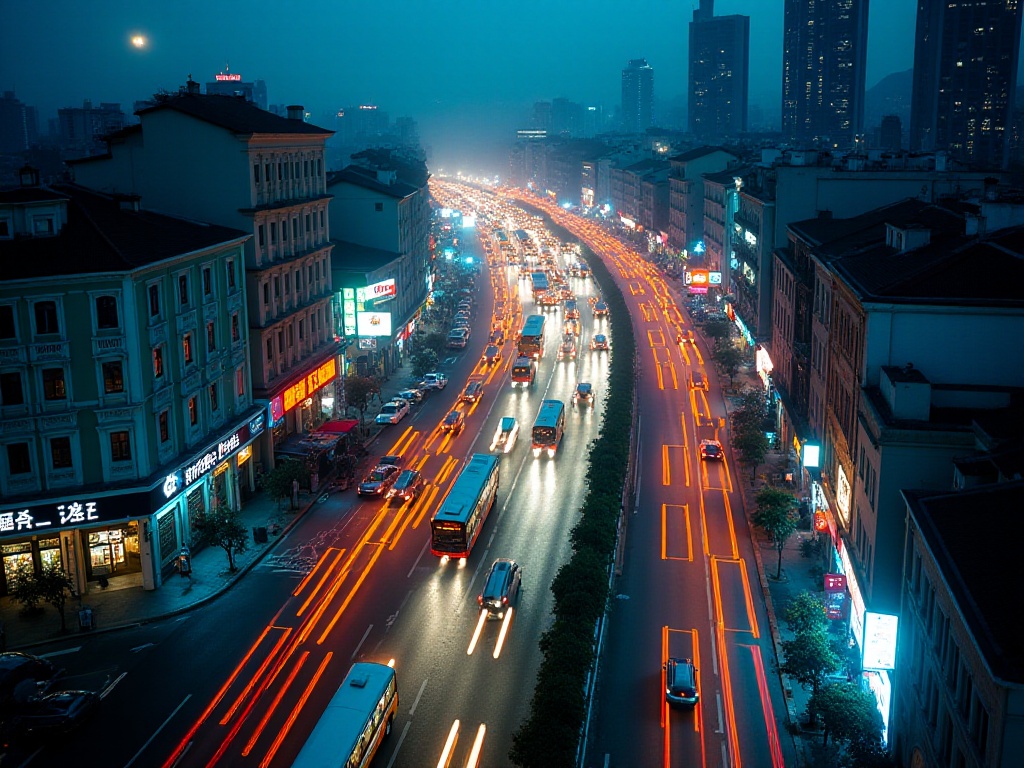
At this point, I wonder if everyone has gained a deeper understanding of Hong Kong's MTR? The MTR is like a microcosm of Hong Kong itself - not just a transportation tool, but a carrier of the city's memories and dreams.
Every time I ride the MTR, I discover new details. It might be a cleverly designed sign, a thoughtfully arranged rest area, or a heartwarming reminder that makes you smile. These details combine to create a transit system that balances efficiency with human-centric design.
I hope you can use these tips next time you're in Hong Kong to experience a different kind of MTR journey. Perhaps you'll fall in love with this surprising transit system like I have and discover your own MTR story.
 Previous
Previous
